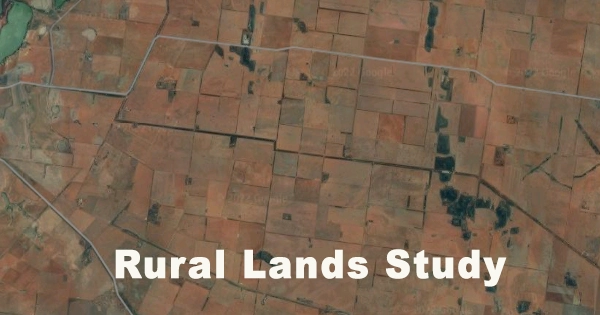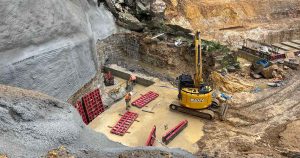[vc_row][vc_column width=”1/6″ offset=”vc_col-lg-1/5 vc_col-md-1/5 vc_col-xs-1/5″][us_image image=”81834″ size=”thumbnail” align=”left” style=”circle” has_ratio=”1″][/vc_column][vc_column width=”1/12″ offset=”vc_col-lg-4/5 vc_col-md-4/5 vc_col-xs-4/5″][vc_column_text]By Annette Madjarian[/vc_column_text][us_post_date][/vc_column][/vc_row][vc_row][vc_column][vc_column_text]
After some three years in the making, Hornsby Council has decided to finalise its Rural Lands Study, but the decision has drawn anger from some residents.
At the Council meeting on 8 June, Councillors voted to finalise the Study and publish the Rural Lands Strategy, Rural Lands Study Background Report and Feedback Summary Report on its website. Council also received a report on the submissions in response to the draft Rural Lands Study, which was prepared to set the strategic direction for managing the rural areas of Hornsby.
At the same meeting, Councillors endorsed recommendations in a short-term action plan, which includes new land uses in rural zones and general recommendations of the Study. An informal Council workshop will be held to consider priorities, resources and funding to implement longer-term actions requiring further investigations and strategic work.
The Study, prepared by urban and public policy consultancy SGS Economics and Planning (in partnership with RMCG), was on public exhibition from 17 September 2020 to November 2020. Council said it received 323 community submissions and the majority “support the Study or aspects of it”.
The Study included recommendations for Council to investigate areas within 400m of Galston, Dural and Glenorie villages where the zoning of E4 Environmental Living could be introduced, with lot sizes ranging between 5,000sqm and 10,000sqm.
One of these village investigation areas included looking at amendments to boundaries and lot sizes to Galston Village, an area of contention for some locals.
Submissions included investigation areas being extended up to 1km from villages; and lot sizes ranging from 500sqm. Concerns were raised that the lot sizes recommended in the Study (5,000 to 10,000sqm) were too large and would result in large dwellings that were ”not affordable and would not support the village or area”.
Galston resident Mary Aviani was one of several residents that addressed Council at its meeting with concerns about the Study, specifically around subdivision.
Ms Aviani, who grew up in Galston and whose family still lives in Galston and owns a persimmon farm, said the Study’s examination to subdivide 2 ha lots around the village into half or quarter size lots fell on deaf ears.
“When resident submissions were called for, I personally polled the residents around the village and found an overwhelming desire for small lots and unit development solely around the village,” Ms Aviani said.
“This we felt was needed to provide more affordable housing for younger families and to improve the village vibrancy,” she said.
However, Ms Aviani told The News Council instead voted against development, stating it was “not Council’s responsibility to address demographic issues”.
“I want to see a thriving and vibrant village community. Instead through Council inaction, we have an ageng demographic a deteriorating shopping village, and arguably the most congested roads in Sydney (the gorge closure has further highlighted this important issue),” she said.
“The residents of Galston have become demoralised after so many years of Council inaction. They are eager for change for the sake of their offspring, many of whom want to continue to live or move back in the area,” Ms Aviani said.
Hornsby Councillor Warren Waddell, who is a fifth generation fruit producer in Galston, said most of “this type of strategic reform is not about tomorrow’s changes, but about generational change”.
Councillor Waddell said the issue was complex and the decision ultimately “fell upon the officers’ recommendation, which was literally just a direct reflection of the consultant’s recommendations”.
Councillor Waddell said the community should be pleased with the outcome. “We’ve been biting off chunks off this issue for years just to try and give it the best prospects of success because to do a wholesale comprehensive review, you’re talking about 1,000 different scenarios that people are trying to navigate their way through.”
“For me, the success lies in the fact that overall, in the summary that was presented in the submission, I think it falls in the 70 per cent in favour of change in some form,” he said.







